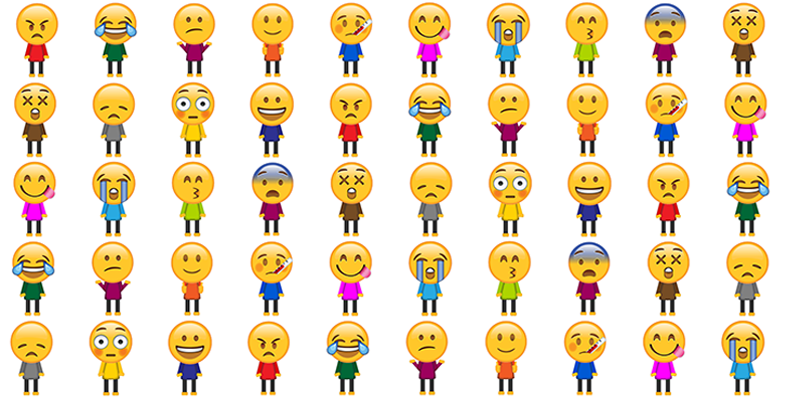4.2 Different types of meaning-making
It’s worth noting however that writing as we know it today is not a single technology resulting from a single invention. It’s a combination of various innovations which took place over a long period, with differing effects in different parts of the world. But the stages of evolution it went through are very similar in all these different places. The earliest incarnations of all these writing systems were pictographic: they consisted of simplified drawings which were stylised representations of concrete entities. A picture of a bird meant ‘bird’. A picture of an egg meant ‘egg’.
As their use spread, so they began to gather broader meanings based on the context of this use, and to be combined together to create ideograms: symbols which represent ideas rather than objects. Bird plus egg, for example, represented fertility. A very significant stage in the development of writing systems was when they began to be used not simply to represent ideas, but also sounds. Hieroglyphics, for example, work both as a system of pictures representing objects and ideas; but also as a set of symbols which represent sounds which can then be combined to spell out words. If you wanted to write a person’s name, you broke it apart into its different component sounds, and then used symbols which corresponded to each of these sounds.
Once this happened writing could emulate spoken language rather than operating as a separate, parallel system of communication. And it was this transition which led to the fully flexible systems we have today (Schmandt-Besserat, n.d.).
